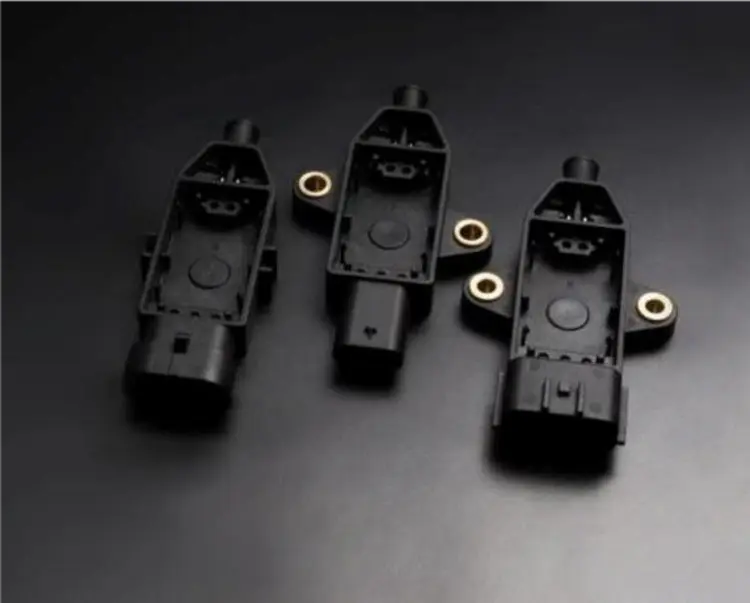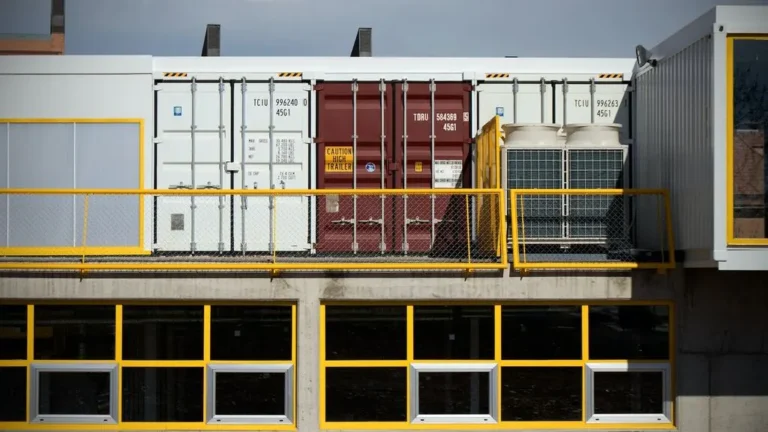Overmolding and Insert Molding: What Is the Difference?
Have you ever wondered how plastic toys, tools, or even parts of your everyday gadgets are made? It’s a fascinating process called injection molding, where melted plastic is shaped into useful objects.
But within this world of molding, overmolding, and Insert molding might seem like twins. They both involve adding layers to a product, but their purpose and methods are very different.

In this article, we will explain the differences between overmolding and insert molding in great detail so you can understand how they work and when to use them in manufacturing. Let’s get started!
What Is Overmolding?
Overmolding is a manufacturing process used to enhance the functionality, appearance, or durability of products.
It is a two-stage process that requires you to first form the substrate using thermoplastic injection. Then, you add a second layer of material, often soft or flexible, over the substrate to bond both of them.
This outer layer can be made of various types of materials like rubber, plastic, or silicone. The primary purpose of overmolding is to provide additional features such as improved grip, better insulation, protection against impact, and a more comfortable feel.
For instance, many toothbrushes have over-molded handles for a comfortable grip, and some electronic devices use overmolding to create protective, shock-absorbing casings.
Overmolding also adds aesthetic appeal by allowing different colors and textures. It’s a versatile technique used in industries like automotive, electronics, and healthcare – enhancing the performance and appearance of a wide range of products.
What Is Insert Molding?
Insert molding is a specialized manufacturing process used to create products by combining plastic or other materials with pre-made components.
In this process, a pre-fabricated part (often made of metal) is inserted into a mold. Then, molten plastic is injected around the inserted component. This combines the insert with the molded plastic perfectly.
Insert molding is preferred for several reasons. It can enhance product durability, reduce the number of assembly steps, and improve product aesthetics. For example, it’s commonly used in the automotive industry to create components like dashboard buttons with embedded metal connectors for better electrical connections.
Insert molding is also popular in electronics, medical devices, and consumer goods manufacturing.
Also Check out: How to Create Game Characters with AI
Over Molding vs. Insert Molding: Key Differences
Overmolding and insert molding are two important ways to make things, but they have key differences that set them apart. Let’s break down these differences in simple terms:
1. Process
Overmolding is a two-stage process that first requires you to make the base component or the substrate. Then, the base component is placed in a mold, and molten material (usually plastic) is injected.
However, insert molding involves putting a pre-made component into a mold. The molten material is then injected around the inserted component. This is typically done in one go – though, you may need to manufacture the insert separately first.
2. Speed
You might think overmolding will be a slow process since it has two steps. But that’s far from the truth.
Overmolding is generally faster because both steps are done one after another. You don’t need to manufacture an insert separately or spend time searching for pre-made inserts for your product – like in insert molding.
This makes overmolding well-suited for high-volume production in less time. However, if your overmolding design is complex, insert molding will become a more time-efficient process.
3. Use
Overmolding is often used to improve comfort and grip, enhance aesthetics, and provide protection. It is a common technique for products like toothbrush handles, tool grips, and electronic device casings.
Comparatively, insert molding makes things stronger and more durable. It helps different materials work together through its precise integration and strength. So, it is widely used to manufacture parts for automotive, electronics, and medical devices.
4. Costs
Overmolding helps save costs from lesser production time, but it requires more tools to produce both the substrate and overmold. You may also need more labor if the system isn’t completely automated.
However, insert molding usually only requires the insertion of a pre-made insert into the mold. This reduces the need for more tools and labor – making it cost-friendly.
With that said, if you are not sourcing your insert from someone else and producing a complicated custom insert yourself separately, the over-molding technique will be a cheaper alternative.







